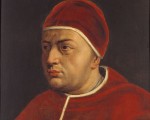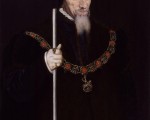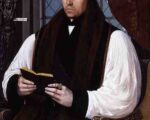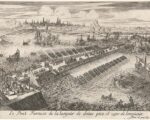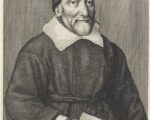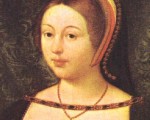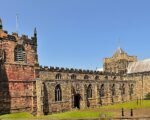
On this day in Tudor history, 14th March 1553, during the reign of King Edward VI, Arthur Bulkeley, Bishop of Bangor, died at his home in Bangor.
His final resting place? The quire of Bangor Cathedral.
But who was Bishop Bulkeley, and why does his legacy matter?
Arthur Bulkeley was a Welshman, born around 1495 in Beaumaris, Anglesey. He was a scholar, studying both canon and civil law at Oxford. But his path wasn’t just academic; he found himself serving some of the most powerful figures in Tudor England.
[Read More...]

